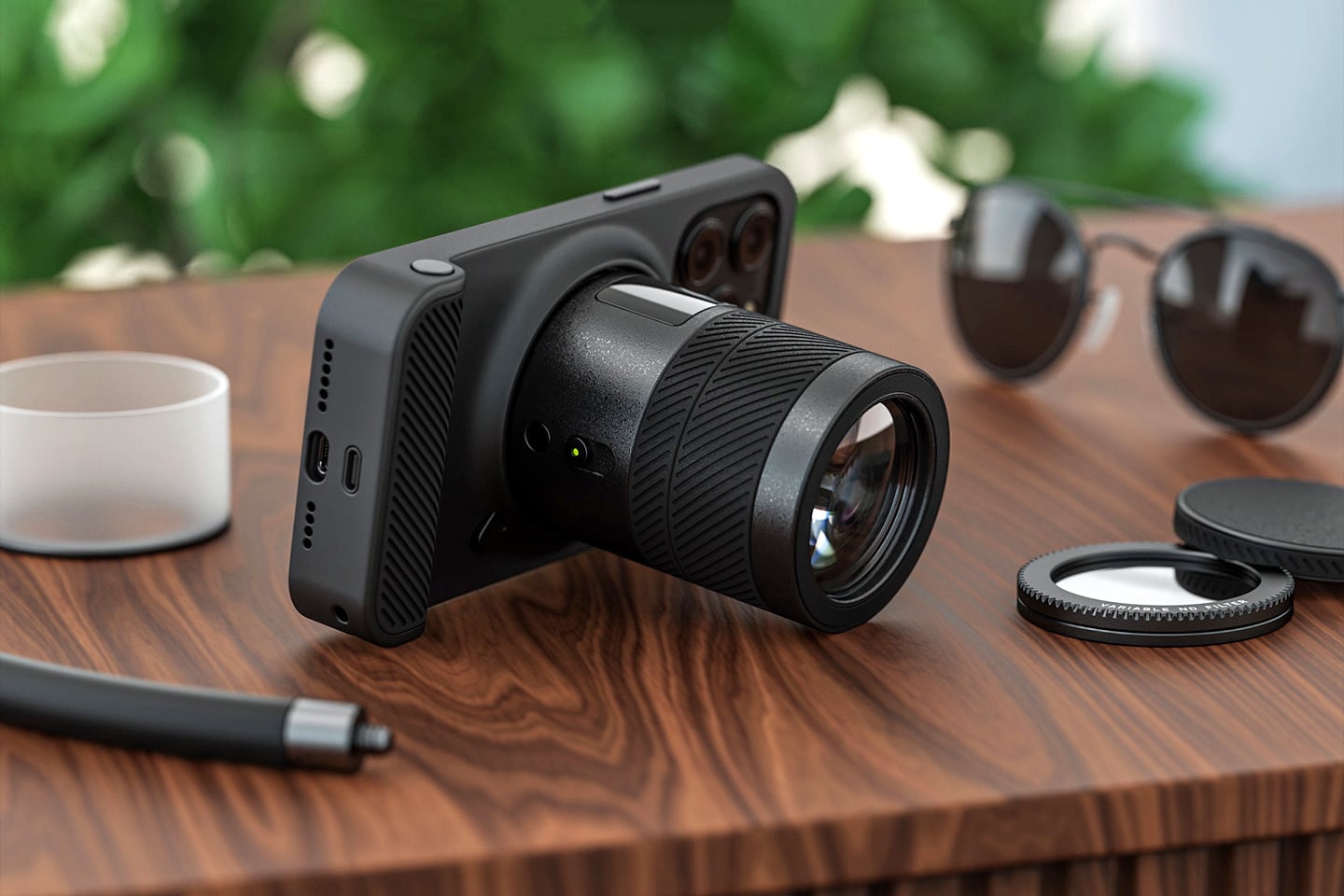
Probably the most incredible interpretation of the iPhone’s MagSafe feature.
Here’s a thought. Adding an array of magnets to the back of the iPhone just so you can attach a card holder to it seems like a massive waste of potential, doesn’t it? You could attach so many accessories via the MagSafe feature (and even allow the iPhone to detect and pair with it via NFC/Bluetooth), an external hard drive, a better speaker, or potentially even a larger, more professional-grade camera lens. Meet SCIO, a MagSafe camera lens from the mind of Vladimir Fer. Sure, your iPhone’s cameras are arguably already the best on the market, but when has that ever stopped Apple from pushing the boundaries further? Taking inspiration from Sony’s QX10 and QX100 modular camera lenses, SCIO is a mirrorless lens that simply attaches to your iPhone via MagSafe. Snap it on and your smartphone is now a professional shooter capable of much more realistic portrait shots and telephoto images. Combine this with Apple’s own computational photography chops and the SCIO turns the iPhone into easily the best camera a consumer can own, without breaking the bank.
Designer: Vladimir Fer
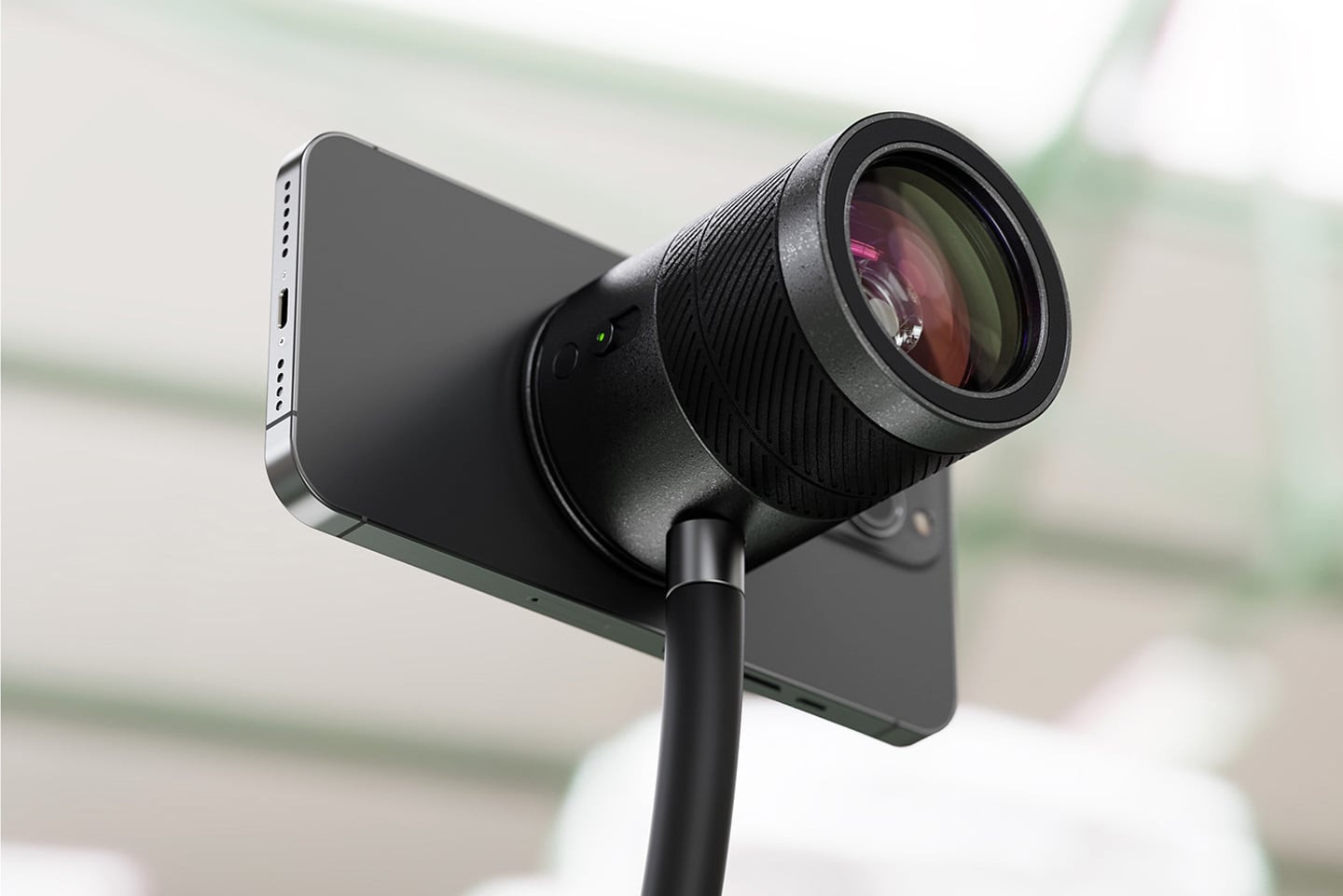
With a much larger lens and sensor, SCIO’s imaging system is capable of capturing much more light than the iPhone 13’s multiple lenses. This allows for better photos, more detail, higher-resolution low-light shots, and much more accurate bokeh. SCIO’s camera lens uses your iPhone’s display as a viewfinder, and can potentially pull battery power from the iPhone via reverse charging, so you don’t need to separately charge the camera lens. It also means being able to manually adjust your camera’s settings, like its focus, aperture, ISO, and shutter speed – something that isn’t really as straightforward with the iPhone’s native camera app. This really brings traditional mirrorless/DSLR-style photography to the iPhone, allowing professionals to extract the most out of their smartphone camera. Moreover, while the SCIO is capturing images, the iPhone’s own camera lenses can record other details like depth, HDR information, and tinier details to help enrich the final photograph. The lens even has a tripod mount, bringing traditional and computational camera experiences even closer!
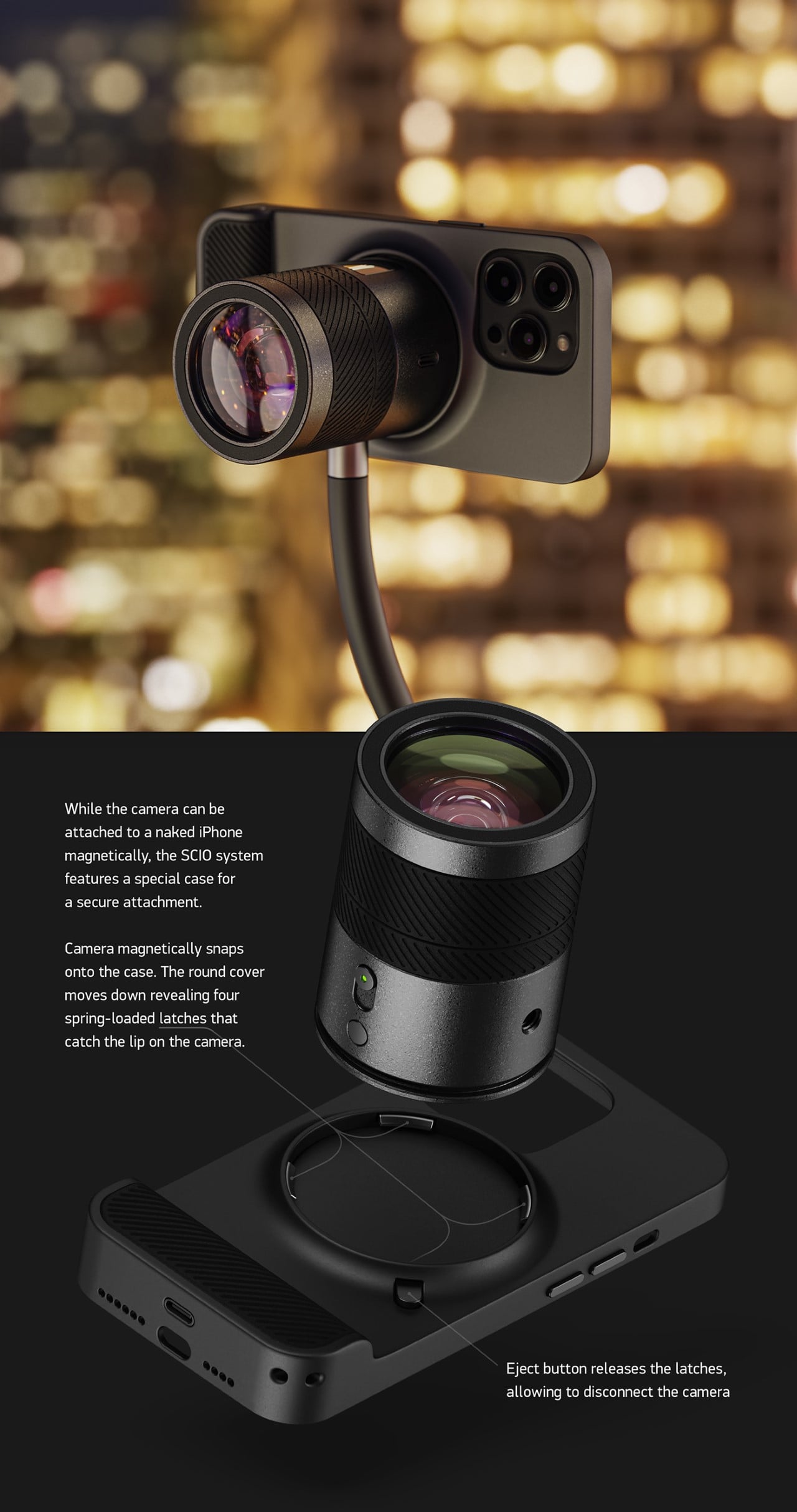
Although the SCIO lens can directly be attached to the back of the iPhone, it’s best paired with a companion case that comes with a better grip and a physical shutter button. The lens itself has a few details that upgrade your photography experience, from a tiny screen that displays your active camera settings to an adjustment ring for controlling focus or zoom. In the spirit of modularity, the SCIO also lets you attach hoods and filters using a magnetic system on the front. The same magnet system lets you attach a lens cap when you’re not actively using the lens.
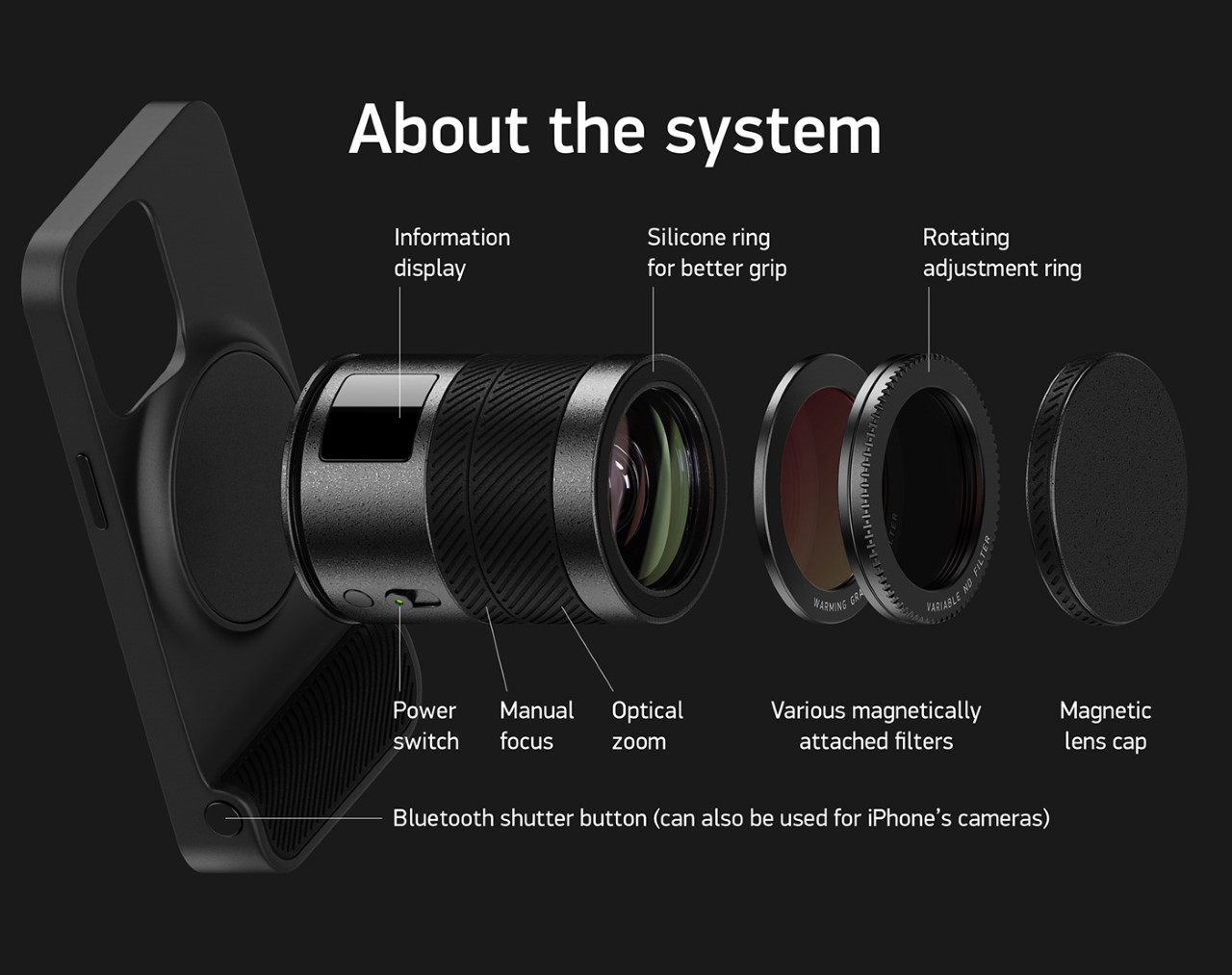
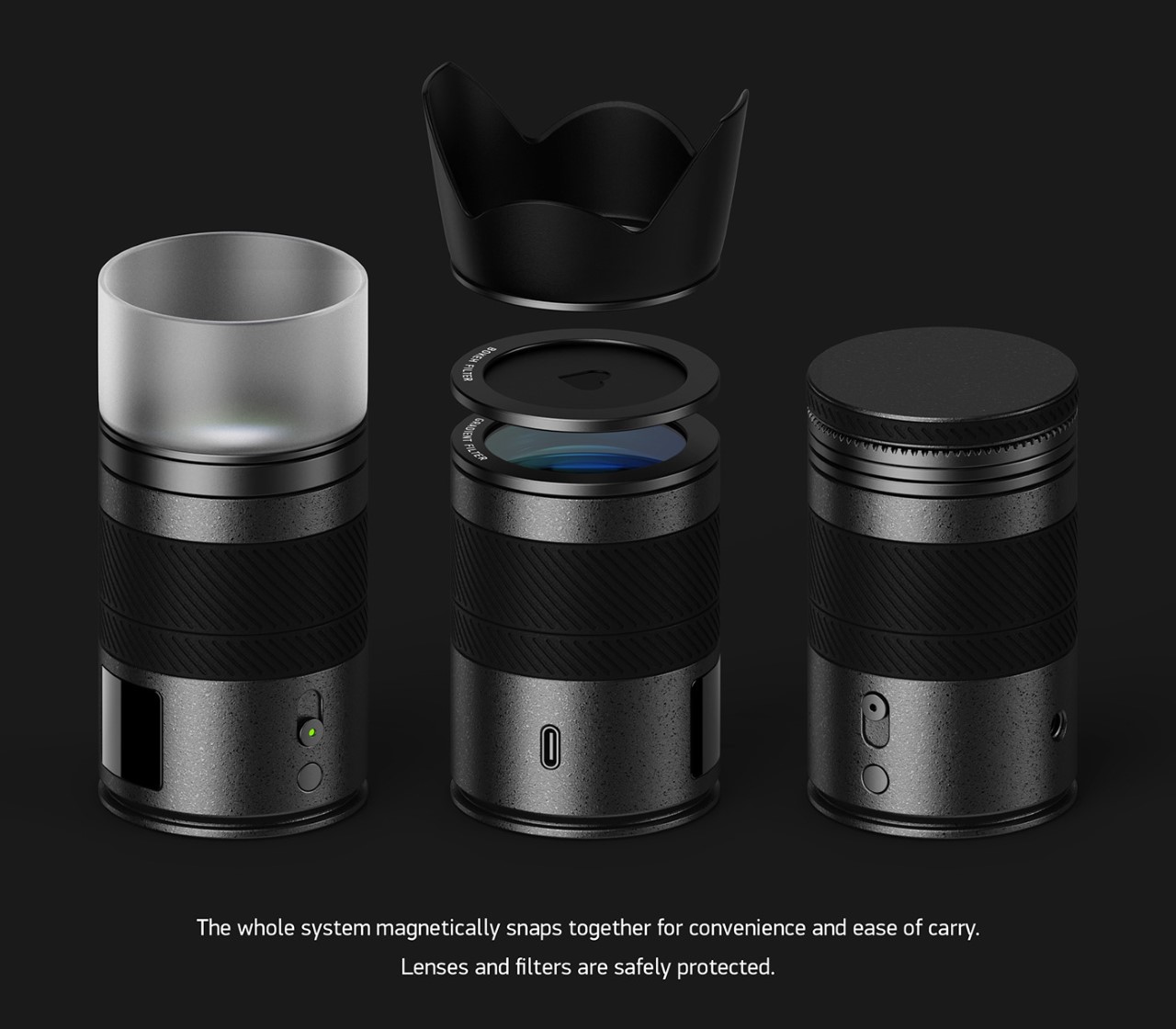
What SCIO does, apart from bridging the gap between mirrorless and smartphone photography, is bring a new dimension to MagSafe’s capabilities. Sure, you could attach a card case or a charger to the back of your iPhone, but that’s like using a desktop with a high-end GPU to play Solitaire.
Although it seems unlikely that Apple would make such a concept, the beauty of the SCIO’s underlying idea is that Apple doesn’t need to do anything. Third-party companies like Moment or Zeiss (or even Leica, considering how intertwined the two companies are) could develop their own hardware and just create an app that pairs with the lens module via Bluetooth to directly stream video to the iPhone. It’s a camera revolution that’s just waiting to happen!
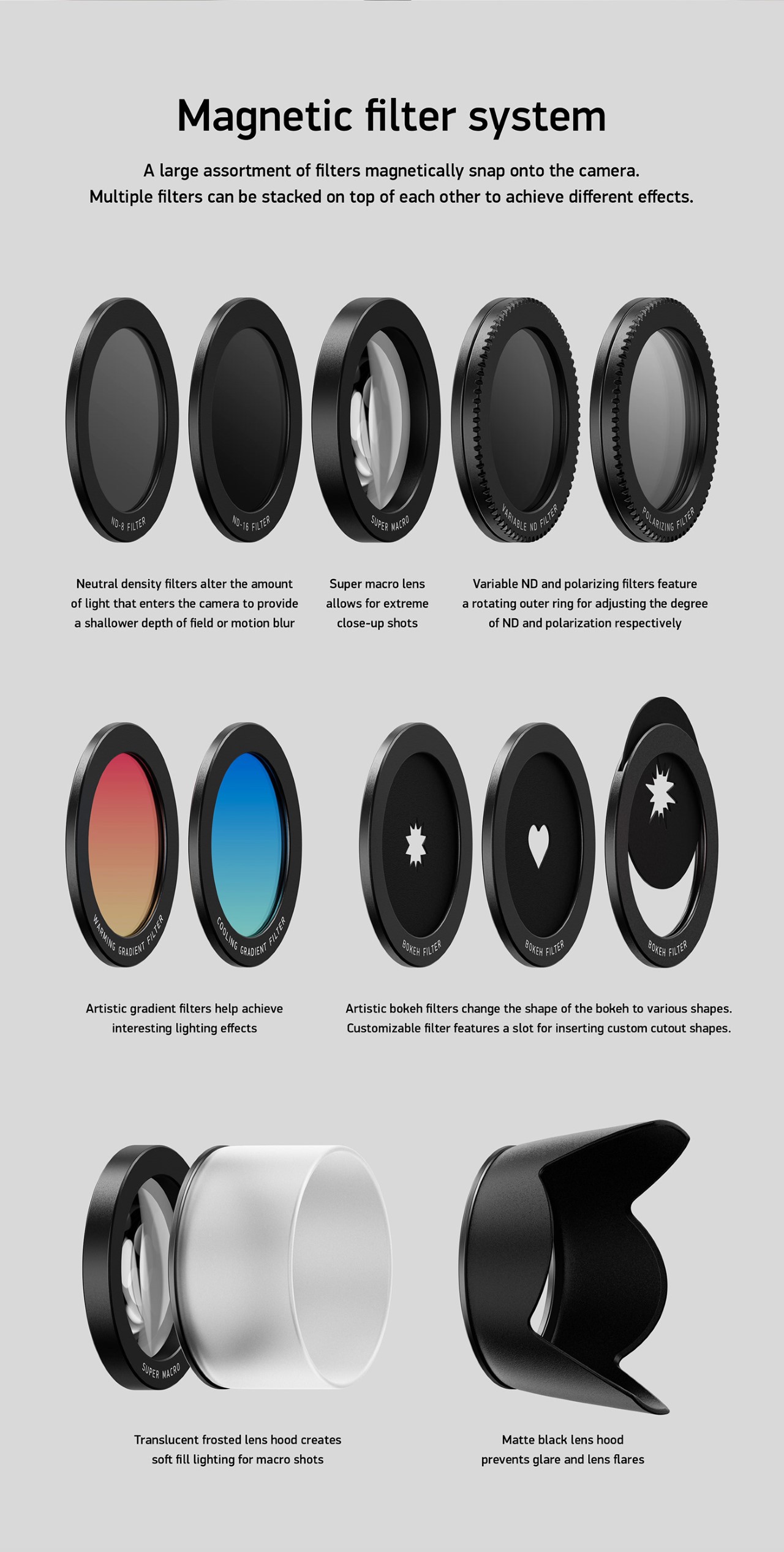
The post MagSafe camera lens concept turns your iPhone 13 into a professional mirrorless camera first appeared on Yanko Design.
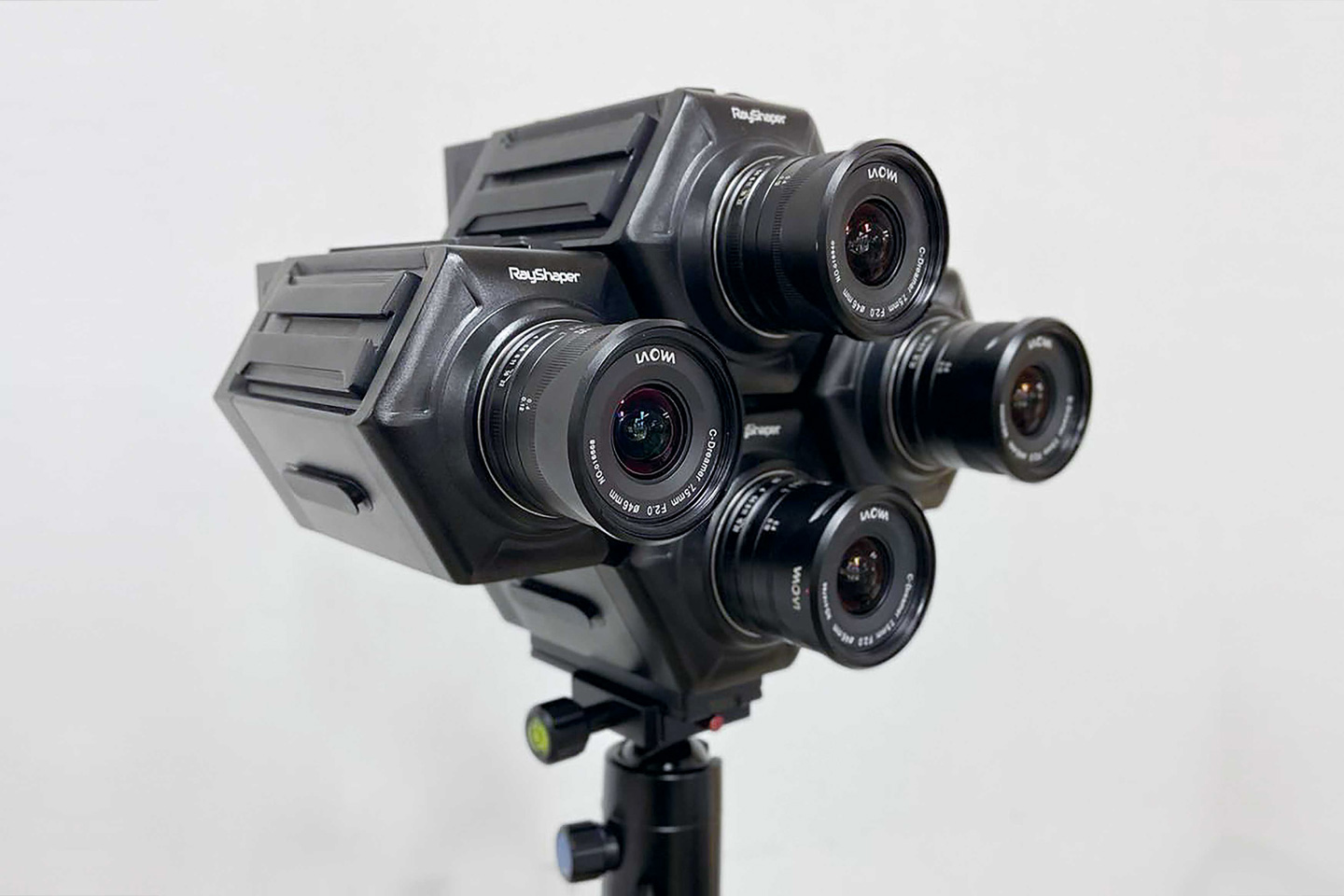
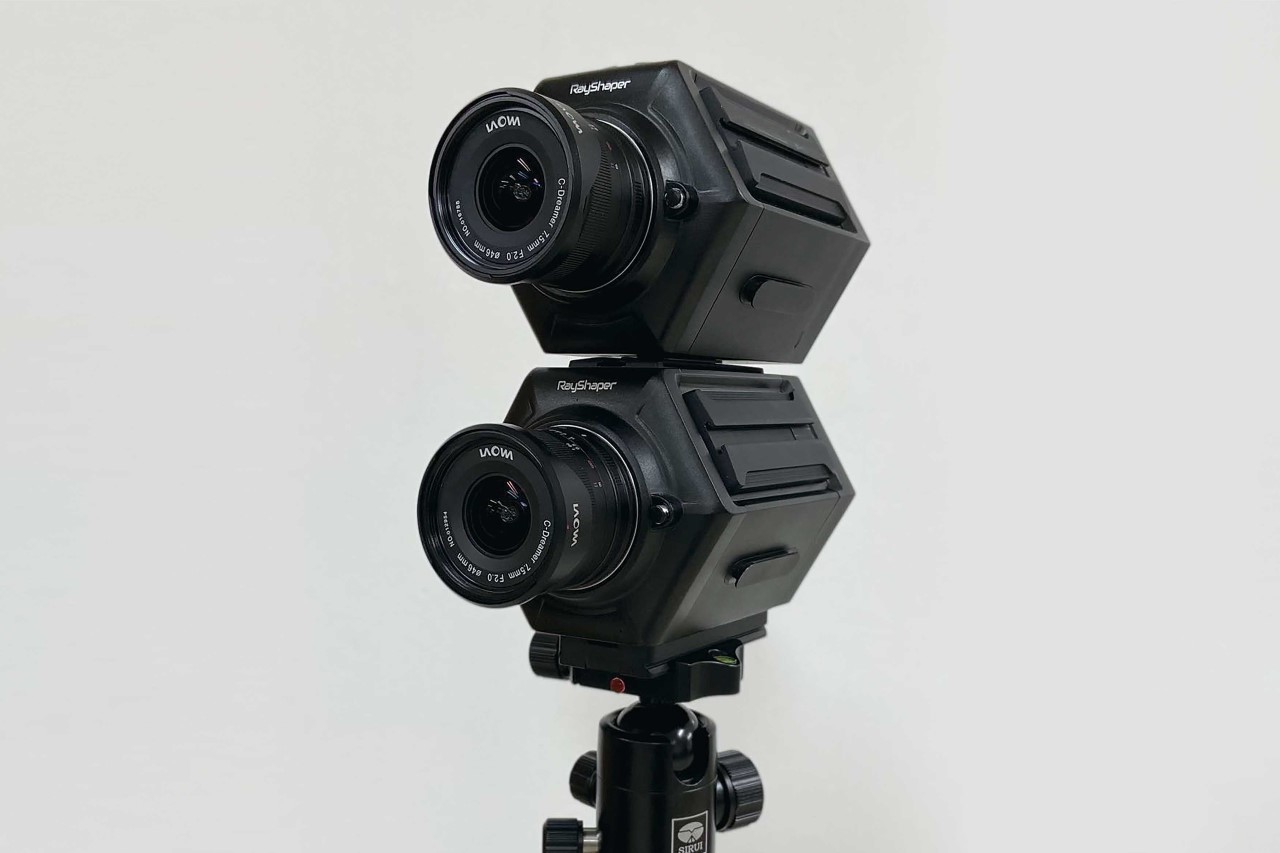
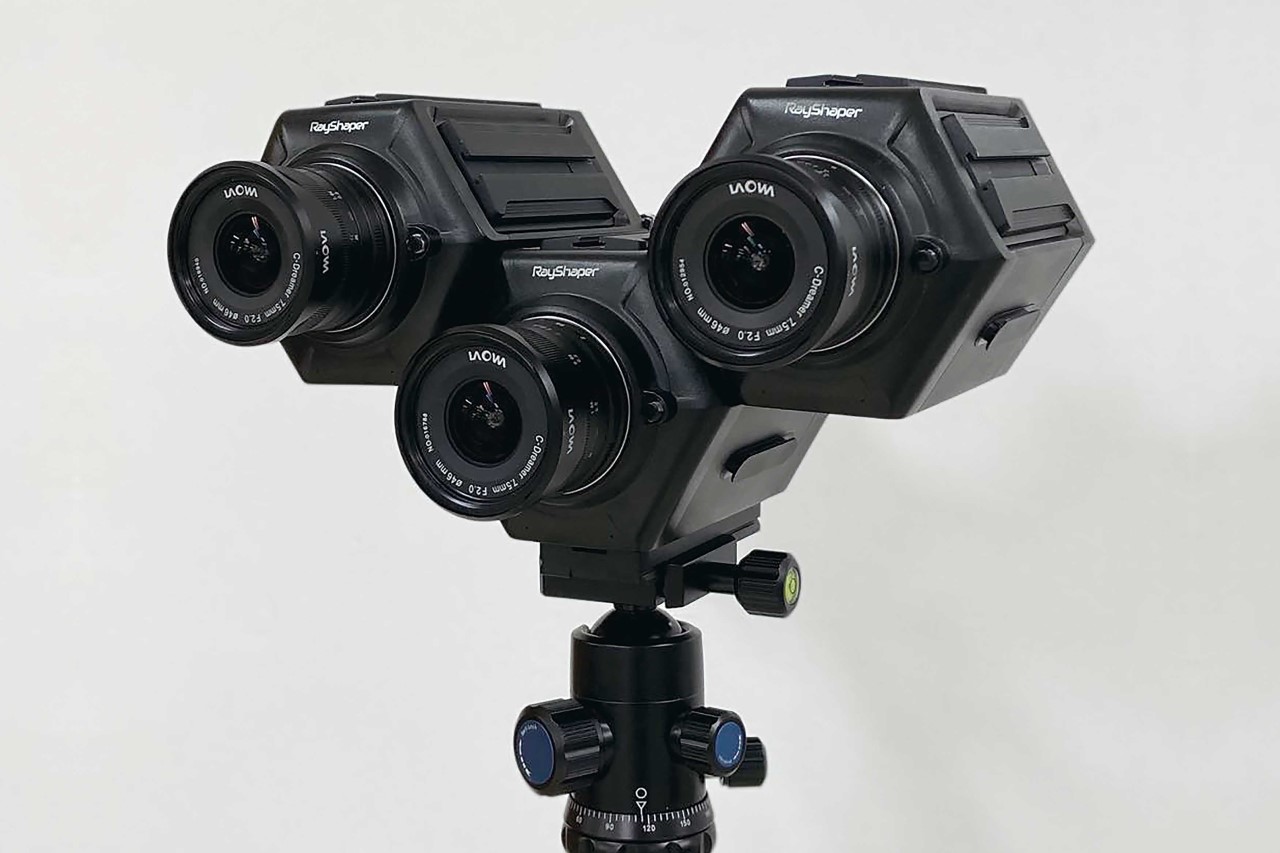
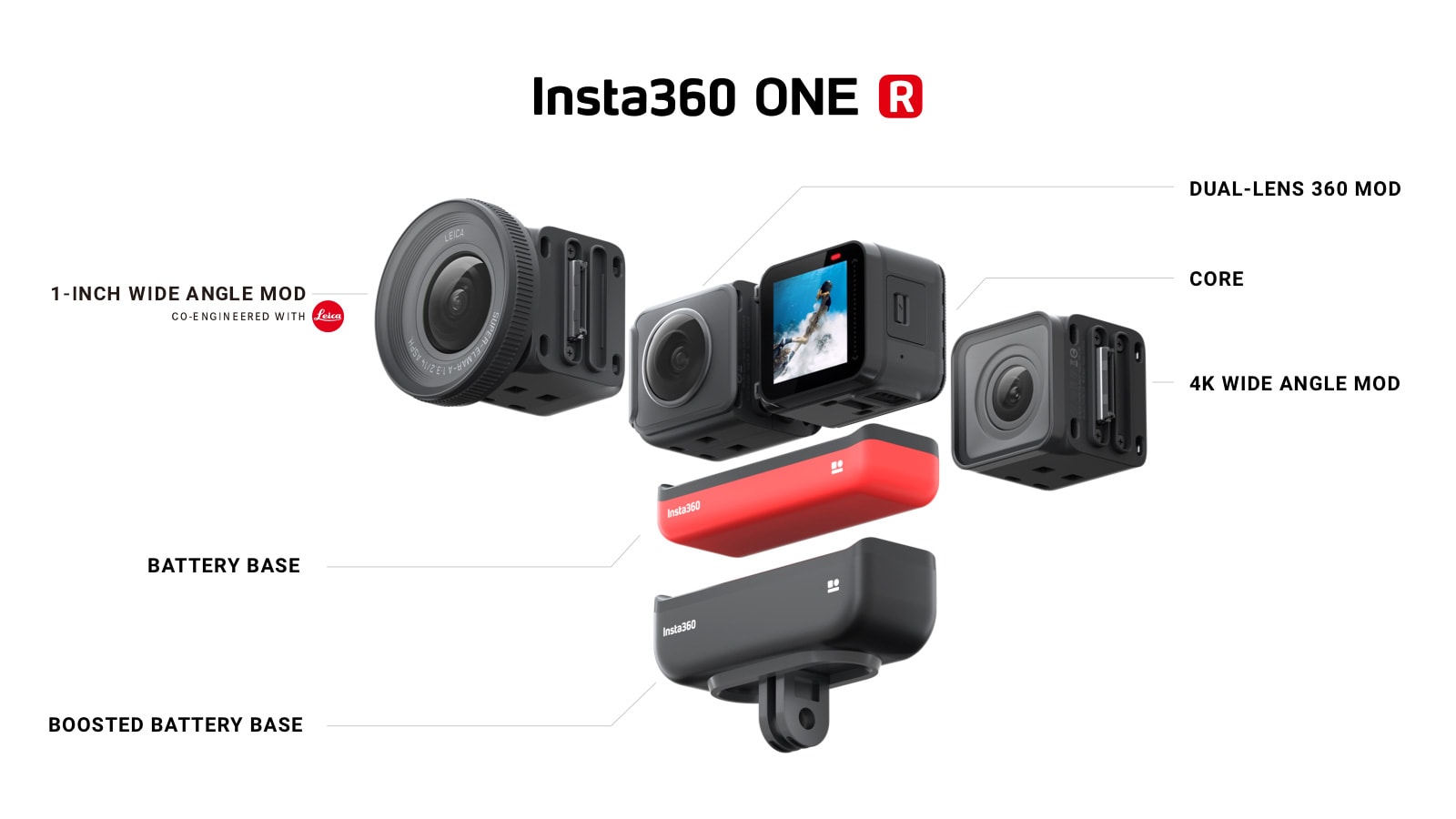 Just as the few other 360 camera makers decided to focus on boosting resolution or sensor size, Insta360 took a surprisingly different route for its next flagship device. The One R announced at CES today is a modular action cam-type device, with the...
Just as the few other 360 camera makers decided to focus on boosting resolution or sensor size, Insta360 took a surprisingly different route for its next flagship device. The One R announced at CES today is a modular action cam-type device, with the...